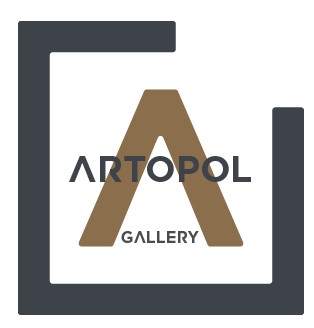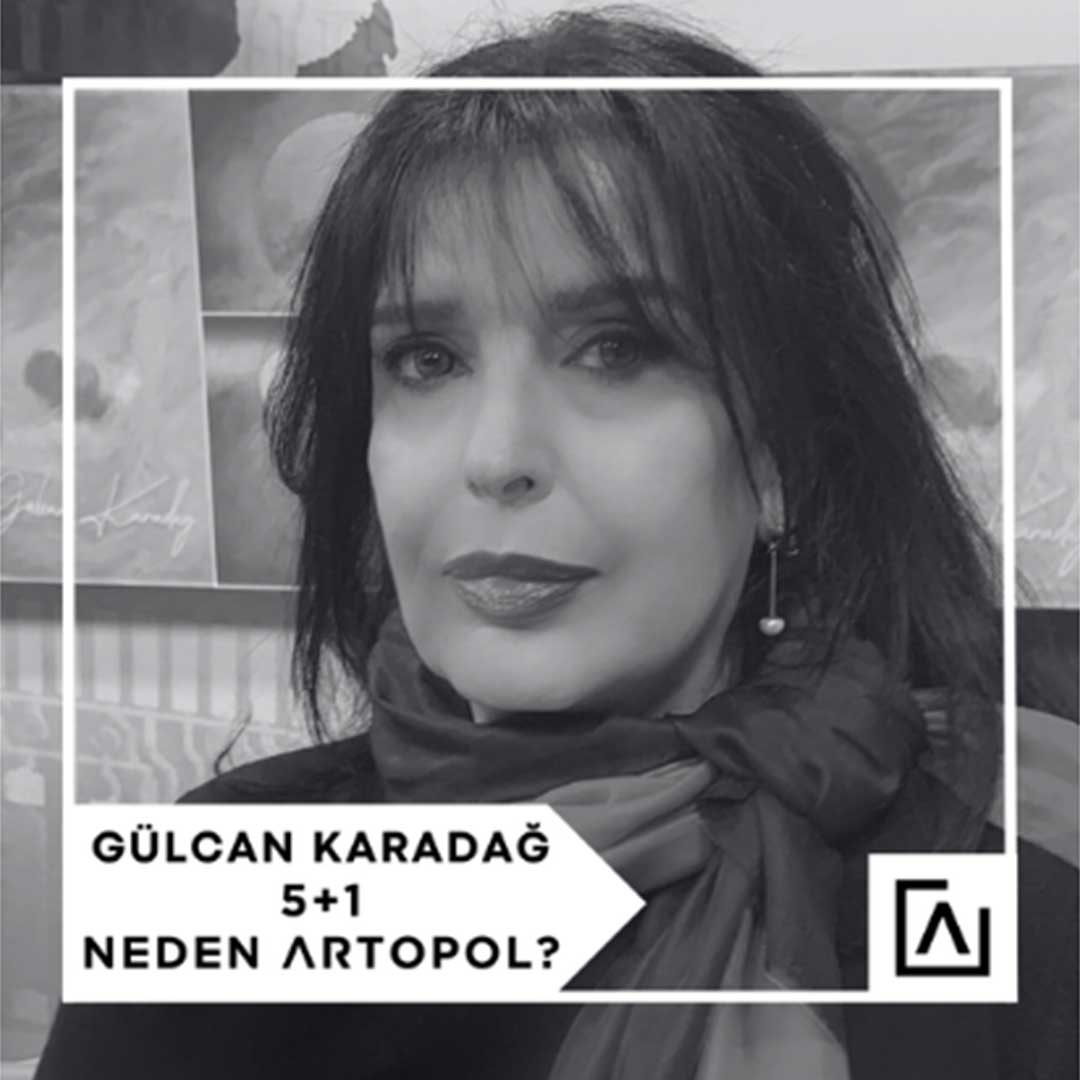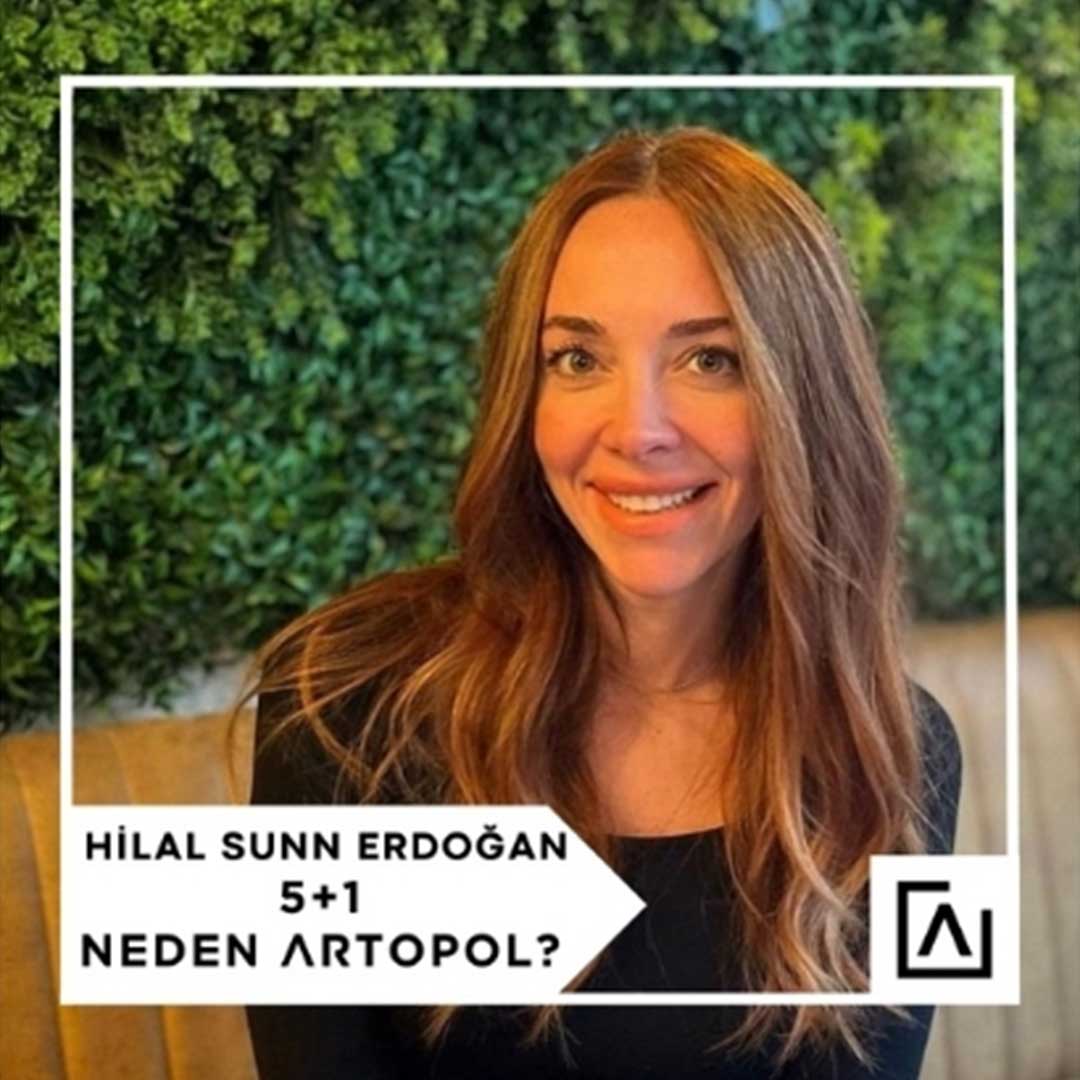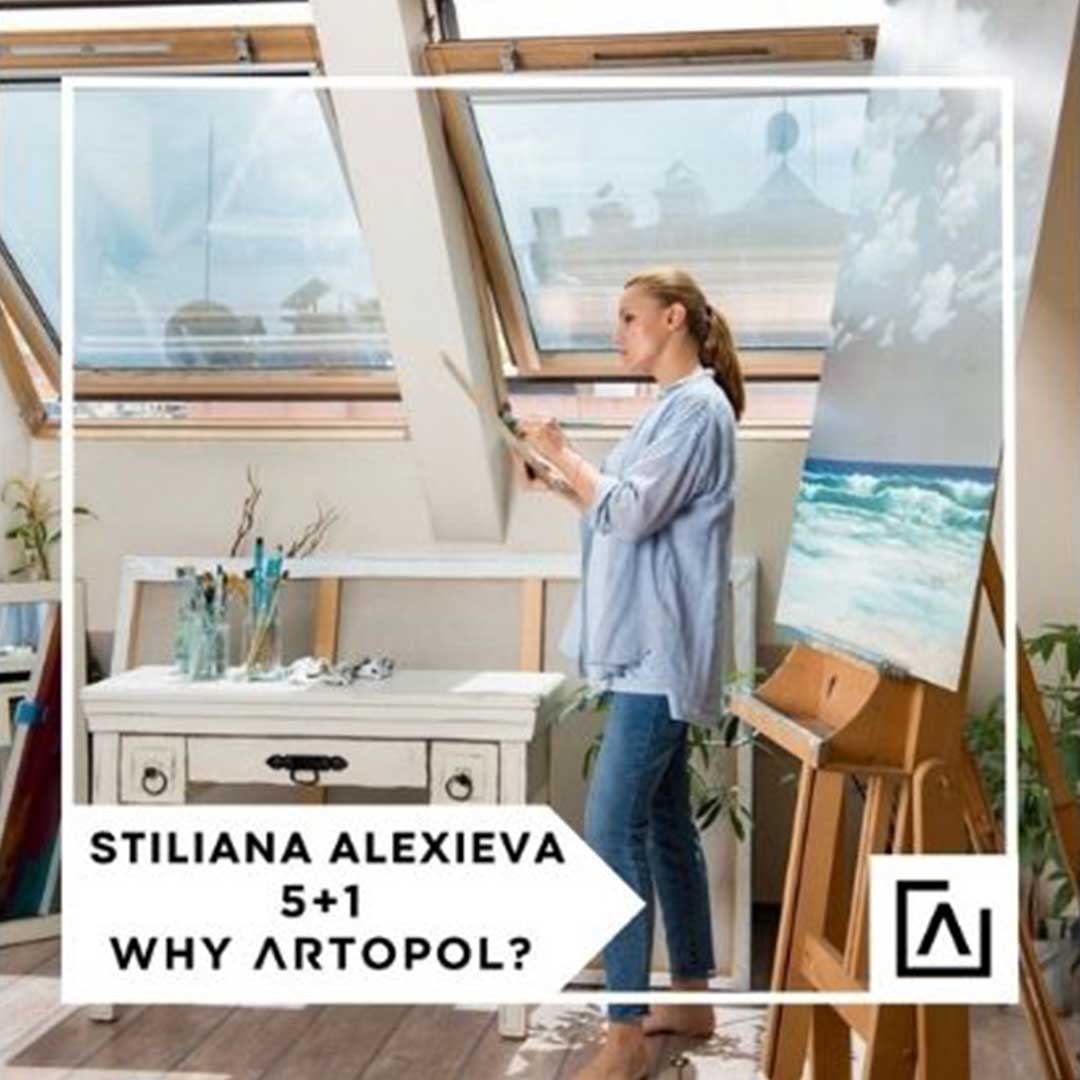Artopol Gallery: Why Artopol?
Yunus Çermik: A gallery that is open to new ideas and dynamic. That’s why I preferred to work here. Plus, we are neighbors… A place where I can establish nice, friendly relationships.
AG: What are your thoughts on accessibility in art?
YÇ: Actually, I haven’t fully formed an opinion on this yet. What should we understand by accessibility in art? Was it difficult to sell before, or difficult to access the work, and online platforms made it easier? Or does it mean having works in smaller sizes and more affordable prices? Or does it mean that everything is more visible in the digital space? First, I’m trying to understand which aspect accessibility refers to. But when it comes to a work of art, I don’t think the excitement of seeing it in person can ever be captured online. Still, reaching artists and galleries via social media or phone has increased, and this is important for communication.
AG: Part of accessibility is also the increase of your recognition. Social media allows collectors to follow the artist closely. Has this brought any benefit to you?
YÇ: Surely it has. People are always interacting with each other. They can see me on the gallery’s page or someone else through my page. There’s a sense of freedom in that. It generates responses and creates activity in the online environment.
AG: Is there another connection between technology and art?
YÇ: When it comes to materials, I always take a more traditional approach to art. Paper and canvas excite me more. I enjoy working with paper, cutting and shaping things, rather than using computer programs. I’ve always kept my distance from digital media.
AG: Do you ever feel like you are missing the contemporary era?
YÇ: No, because this is my discipline. Painting is something else, and the challenge of perceiving two dimensions will never end. So painting will always continue. Since it never ends, painters will always continue their work. For example, when cinema emerged, it was questioned whether theater would lose its impact, but theater is still very valuable. Painting is the same; it will never lose its value.
Today’s art environment may be freer but also more challenging. There’s a concern about “What can we do that’s new?” In the search for the answer to “Me,” one pursues creation. Trying to establish a new language… That’s our whole issue. Canvas has been used for five hundred years and it can still be used.
AG: Can we hear the story behind your works?
YÇ: There are many stories, actually. I focus more on some of them, but I never proceed with a single subject. I always encounter something else that pushes me to create new works. Sometimes it’s a sentence from a book, sometimes a film influences me. That’s how I get inspired. So the subjects progress independently. But sometimes, I think long about a single subject and several works shaped by it emerge. Maybe one day I’ll focus on just one, but for now, generally, they all come from different topics.

AG: So your inspiration comes from these. Films, texts…
YÇ: Other things too. Nature as well. While walking, I make sketches again with gouache. Sometimes I get inspired by another artist. The reference for one of my series was Masaccio, for example. There’s an exchange with art history. I observe how poses have changed from period to period and learn something.
AG: You have a traditional style, but we also see you exploring materials like perforated cardboard. How did you start working with this material?
YÇ: I think it was around 2011 or 2012. It started with a few patterns I drew on cardboard. Some of the cardboard had torn edges, which gave me an idea. So I started working on cardboard. These were works I did independently during school. I waited for the idea to mature and then continued. I even did my graduation exhibition with cardboard. While developing the patterns, I tried different paints. In the end, I tried acrylic, which was actually the paint I used least. Then I experimented with colors. I didn’t find working in many colors very effective. I started making some coffee tones. Over time, I reached grays, it felt more natural, and I continued that way. For the past two years, I’ve been working monochromatically on cardboard. Color still exists in my life, but monochrome has become something I cannot leave. I will continue this for a while longer.
AG: Do you express yourself better when working in monochrome?
YÇ: I love drawing patterns. Maybe it gives me that feeling; maybe because I can see dark and light side by side. Maybe it created a comfort zone, which can also be risky. I don’t know.
AG: Your use of cardboard dates back to school years. You’ve continued it deliberately since then.
YÇ: Even in school, I tried to think like a painter, not a student. That’s why my relationship with school wasn’t very good. But I had been working on this since the early years of university. I can’t say I’ve found myself, but I found my method.
AG: How does your work process start?
YÇ: Sometimes I start from scratch, but that’s rare. I can visualize any image I encounter and start from there. But most of the time, I scribble in a notebook quickly as a note. It stays there. Later I open it and read again, and choose from it. That’s how I start.
AG: Do you get stuck during your creative process?
YÇ: It happens. Pushing too hard makes it worse, and it discourages you. You need to stop. In such cases, I change my method. When I don’t want to work on cardboard, I use canvas and oil paint. Sometimes I make quick gouache sketches.
AG: What are your future plans?
YÇ: I don’t think too much. There’s a destination I want to reach, but it always comes back to the paintings. As long as I keep painting, they will find their way. I don’t focus on the destination much; the journey is more enjoyable.
AG: When did you say, “I became an artist!”?
YÇ: I never said it, and I don’t say it now. When I introduce myself, I say, “I paint.” I don’t find glorifying things very meaningful. So I don’t put much meaning into it. For me, the sublime is nature itself. We produce as part of it. We just say, “I exist!”

AG: How would you define art?
YÇ: I see nature itself as art. In a sense, I would say it’s the effort to transform it. Color is something we see in nature, any image as well. Maybe art is an attempt to reach nature, or we are trying to satisfy a desire. It’s probably the effort to establish a connection with nature.
AG: There is also a bond between the artist and the collector. How do you perceive this?
YÇ: The viewer, in a way, wants to possess something they are affected by. They are curious about the work, attach meaning to it, or get excited by the meaning felt by the artist. So there is a bond between the collector and the artist. It’s a very open-ended bond.
AG: Do you care who buys your works? Do you care about the essence of this bond?
YÇ: Of course I care. If someone likes a piece I produced here and lives with it at home, I am entering their living space. A connection is created. That’s why who buys it is important, and I want to know the collector.
AG: How do you feel if a viewer or collector interprets your work in a completely different way? Do you like it or does it bother you? Do you want what you convey to be understood exactly?
YÇ: It can be known or unknown. I don’t worry much about it. If I like the new interpretation, I can think about it further. It’s an exchange, it can generate new ideas. If I don’t like it, I don’t think I would be disturbed. At most, I would explain what it actually is.
AG: Thank you very much for the lovely conversation.
YÇ: Thank you.
Interview: Zeynep Dikmen



